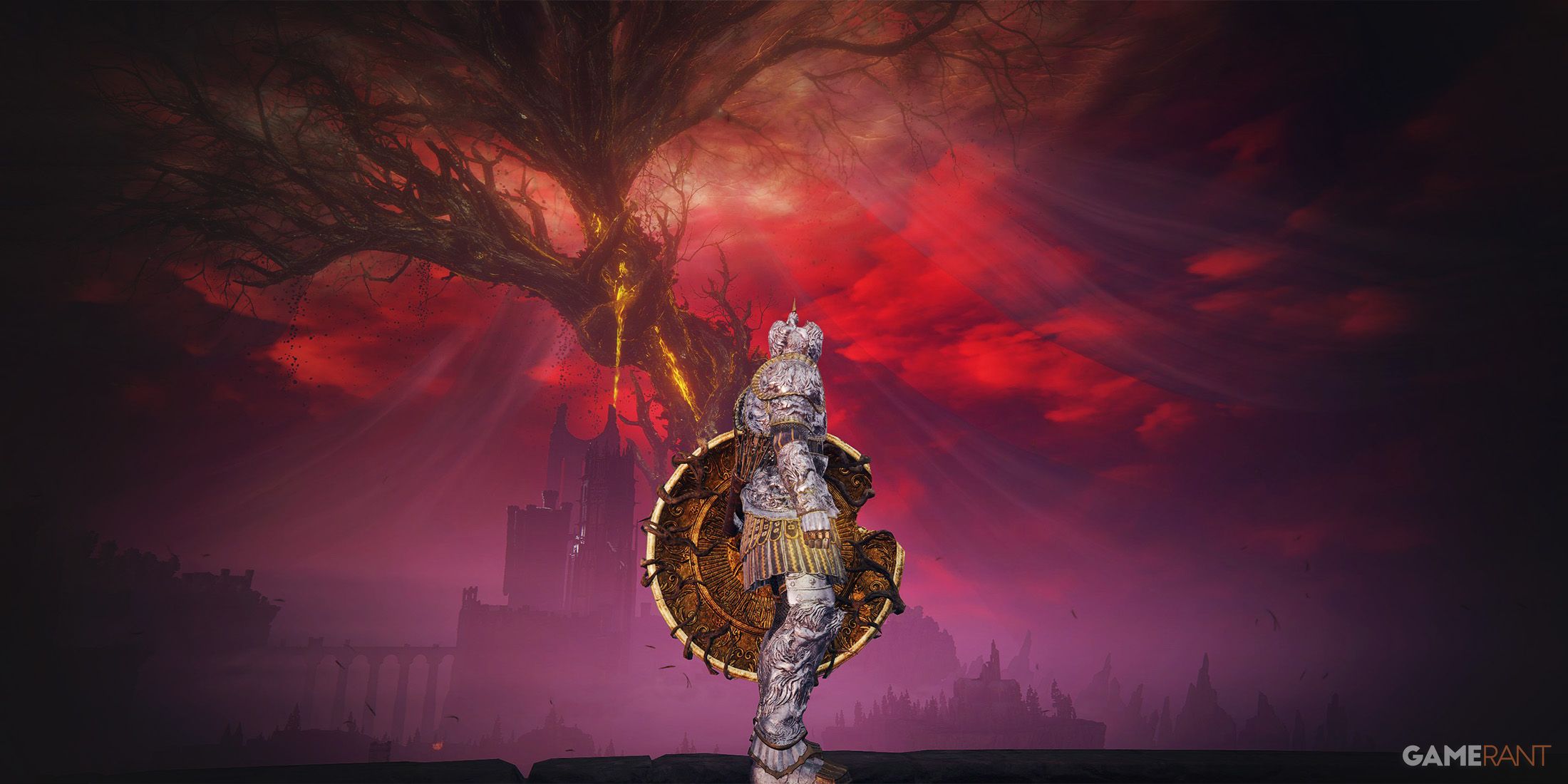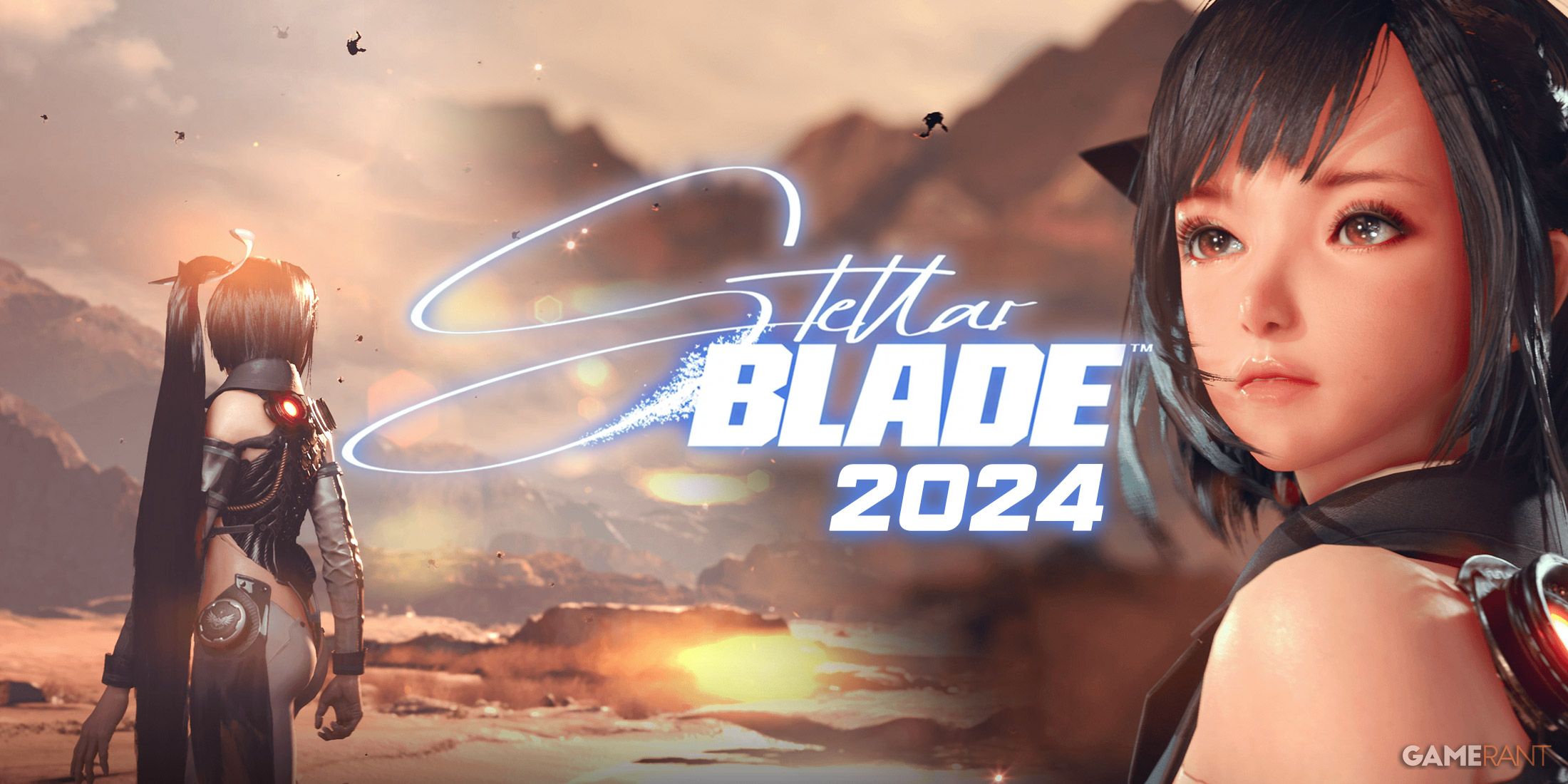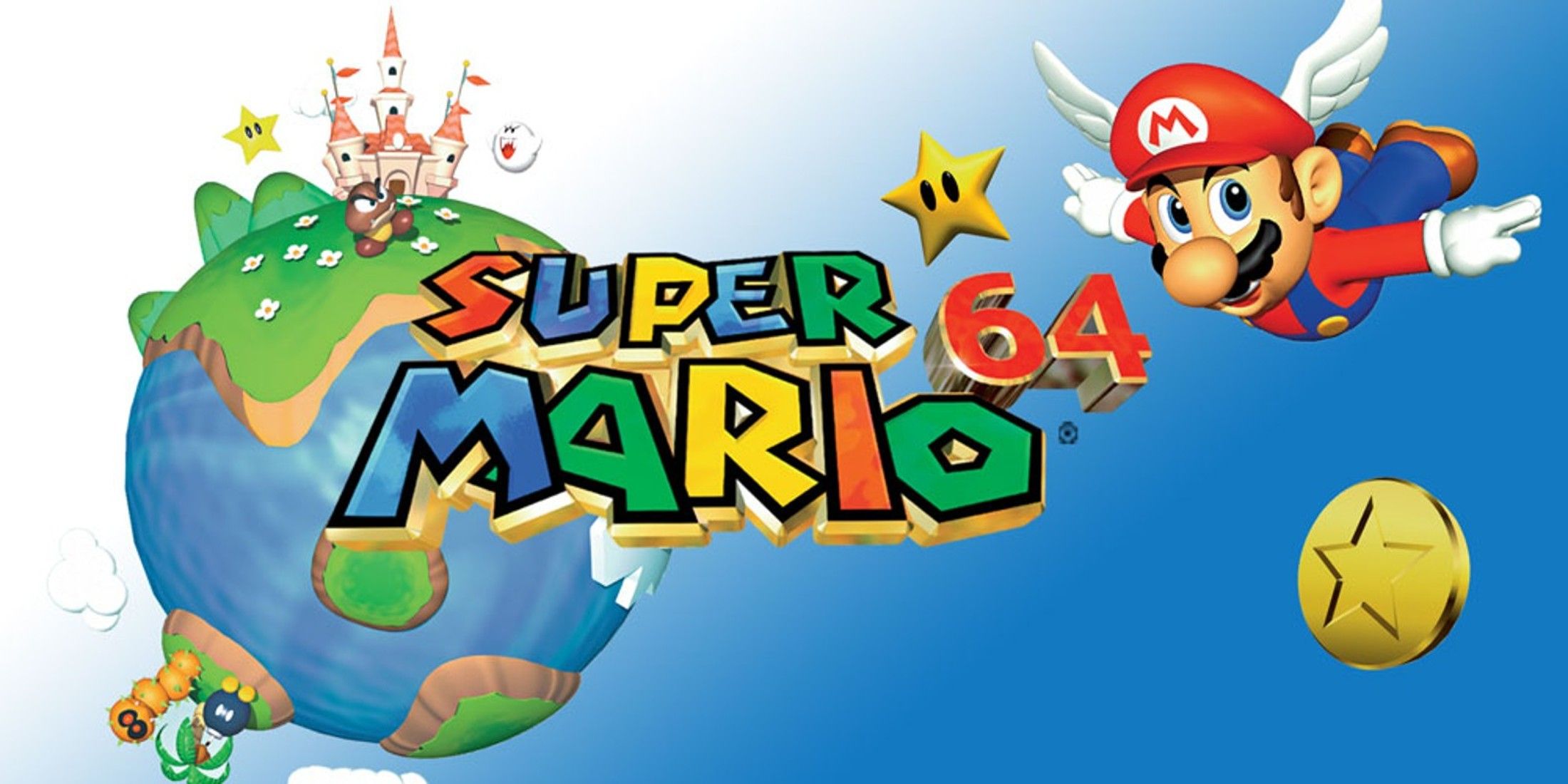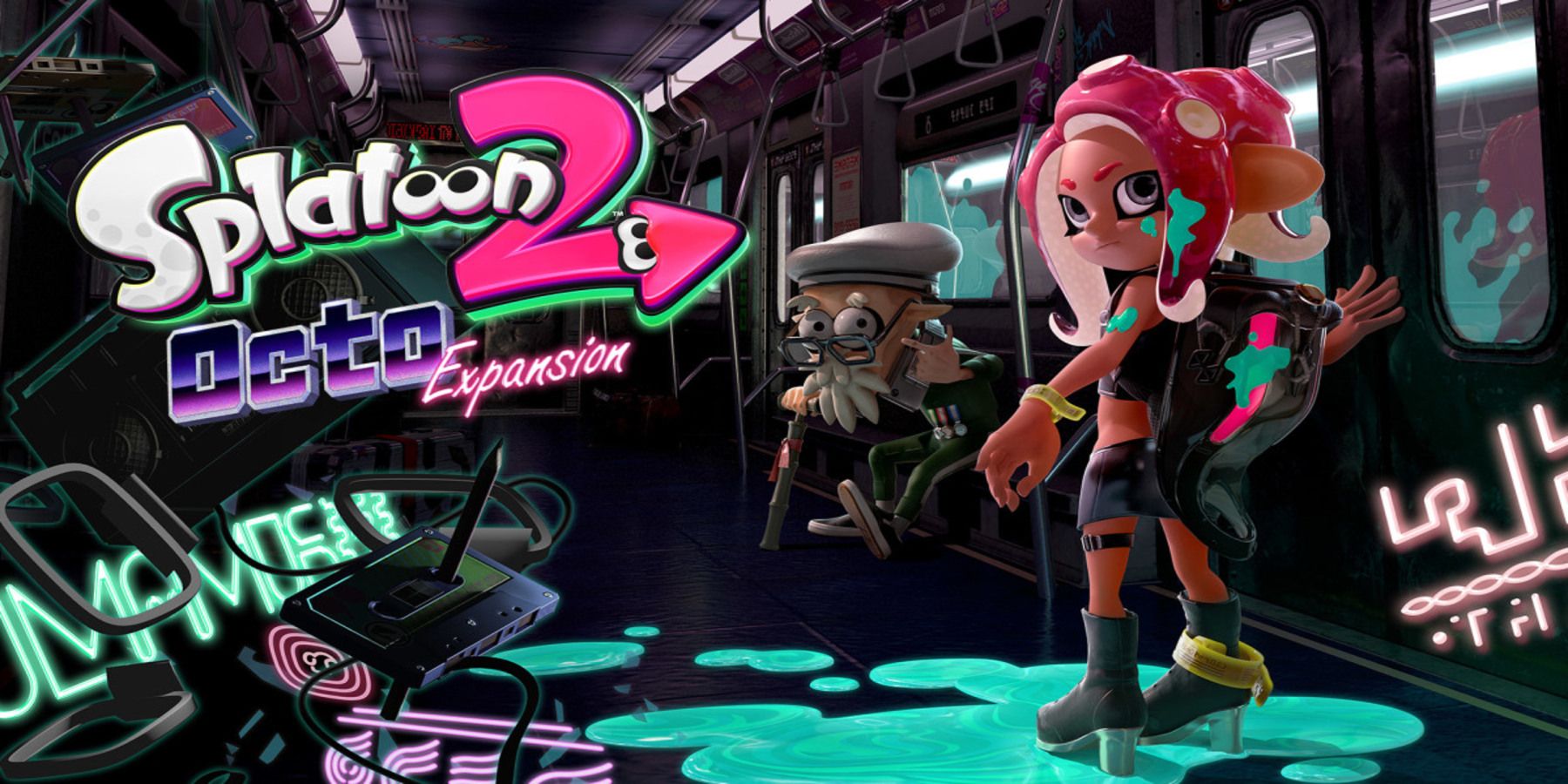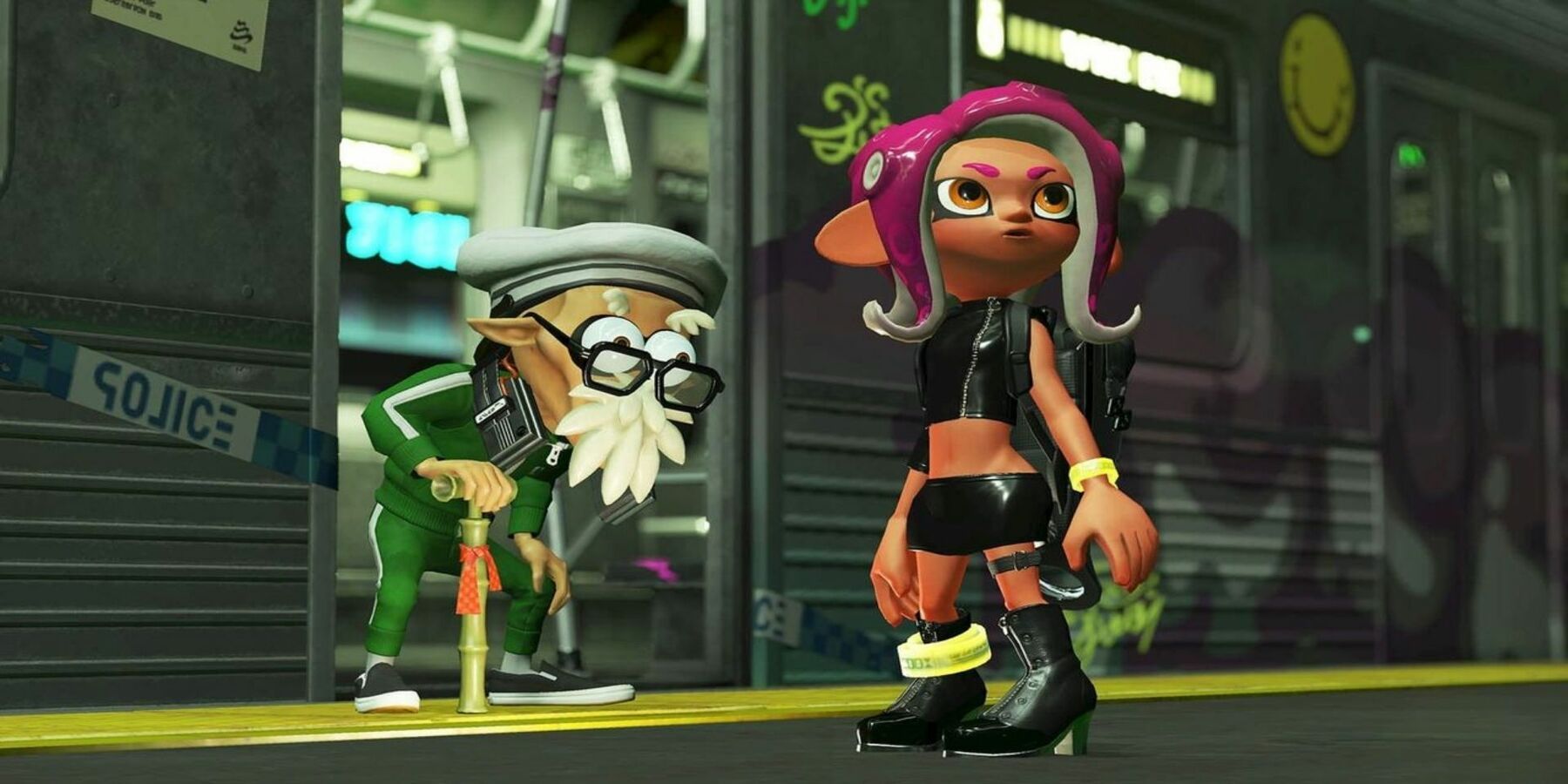As a mostly online multiplayer third-person shooter, the Splatoon series is perhaps Nintendo's most forward-facing franchise at the moment. Though it is somewhat shackled by Nintendo's old-fashioned business model, it's proof that Nintendo can carve out its own niche in an already very crowded market. The first Splatoon was perhaps the Wii U's saving grace. It innovated and ideated in ways that were directly oppositional to the Wii U's entire philosophy and ecosystem. To continue that legacy as Nintendo launched the far more successful Nintendo Switch console, bringing Splatoon over was a no-brainer.
When Splatoon 2 super-jumped onto the Switch in July 2017, it improved on the original game in almost every way. Splatoon 2 offered players more robust character customization options, expansive and diverse battle stages, innovative new weapons, additional battle modes, and — most notably — a co-op mode Salmon Run. All this made Splatoon 2 a front-to-back better game than Splatoon 1, but the series had not hit its stride quite yet. And it wouldn't for about another year.
A Tentacular Addition
The release of Splatoon 2's entirely single-player mode Octo Expansion was a subtle yet ingenious way to reinvigorate an already fresh franchise. If there was one area where the base game of Splatoon 2 was lacking, it was its single-player campaign, Octo Valley. Octo Valley was merely serviceable, and it evoked similar feelings to the story mode of the first game in that it didn't really try to have any fun with the Splatoon formula. Many of the missions in Octo Expansion involved point-A-to-point-B objectives that were easy to complete and uncompelling from a stylistic point of view.
Octo Expansion on the other hand, was dripping with style and charm. By presenting itself as more of an arcadey experience, it shed the dullness that plagued Octo Valley and allowed players to zip from one challenge to the next — or try again to get a perfect score. Its nonlinearity made each person's playthrough feel wholly unique. The expansion took full advantage of the mechanics that Splatoon had established in the first place, challenging players to perfect the timing of their jumps, to try out a new weapon, and to act reflexively.
The Octo Expansion almost felt like a way to train for real battles. While online matches could result in quick defeat after quick defeat, the challenges presented in the Octo Expansion offered those who struggled an opportunity to learn the ins and outs of the game, thus making them better and more versatile in battle. And the tutorialization of the expansion wasn't obvious either — it felt like simply playing through the campaign, with the learning part coming as a bonus.
It's obvious from just booting up the Octo Expansion that the developers had loads of fun designing the mode. The team went to town sprinkling in fun references to the octopus, especially with their use of the number eight. One of the expansion's most notable features is its 80s aesthetic. While much of Splatoon 1 and Splatoon 2 revolve around 90s skater culture, the Octo Expansion dives into the 80s, with Marina wearing a headband à la Tupac Shakur, Agent 8 using early-internet chatroom-style communication, and 80s paraphernalia littering the game's world. Further, each level is named after some aspect of 80s popular culture. The user interface and even the expansion's logo itself are evocative of 80s vaporwave graphic design, giving the DLC a signature style entirely different from that of the base game.
While the Splatoon franchise will likely always remain famous for its online multiplayer mode, the Octo Expansion shows that when a development team is inspired — even if that inspiration is derivative of what the main game's sensibilities are — they have the power to create something memorable and special.
Splatoon 3 releases September 9, 2022 for Nintendo Switch.

